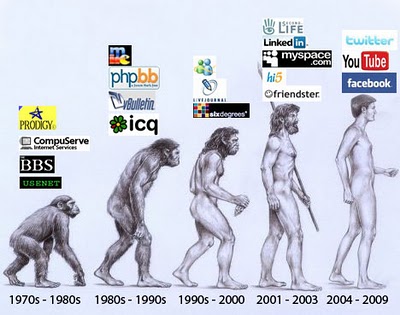“There are always
more smart people outside your company than within it.” - Bill Joy
Imagine having a customer
as the head of your next new product development project! Odd? Well, businesses
are learning to be proactive in their strategies by finding better ways to make
the customer own a product and become part of your business. Handling
complaints very well and meeting customers' expectations wouldn’t
guarantee loyalty, after all every business ensures that. Businesses have moved
from handling complaints and meeting expectations to co-creating a product or
service with customers; putting the power of innovation in the hands of the
customers - If they will use it, let them
create it.
In the past, everything
about product development was done within an organisation and then given to
customers to buy. Today that orientation is changing. Companies now want to get
the customers involved in product development by allowing their creative
instincts to guide the design process of any product or service. This makes the
companies and customers business partners and a winning team.
It is important to note
that co-creation is not 'being consumer centric' or 'consumer engagement' or
inclusion - All these only incorporate consumers concerns into an existing
product. However co-creation allows your customers to play the lead role in
designing products hence driving innovation in your business. This strategy is
not about asking what the customers want and then creating it for them - NO! It
is about allowing customers create the product or service that they truly want
in partnership with your business.
Co-creation is changing
the way organisations respond to innovation and development. The orientation of
value creation has always been dominated by company's creative minds. However,
in business today, open innovation has shown that customers are creative as
well, and they can drive innovation. Hence, giving them an opportunity to
explore their creativity will move your Products and services from company-made
to customer-made. Are you giving your customers the opportunity to lead
innovation in your business?



